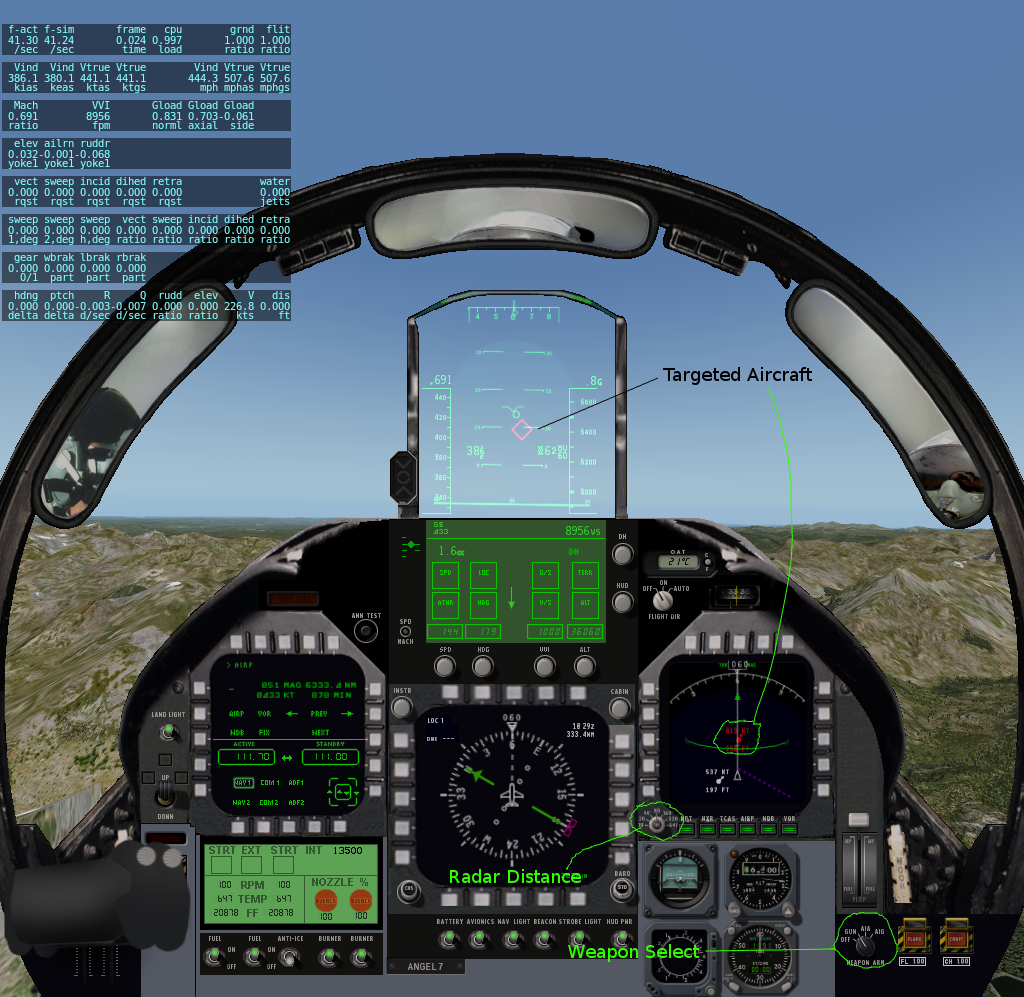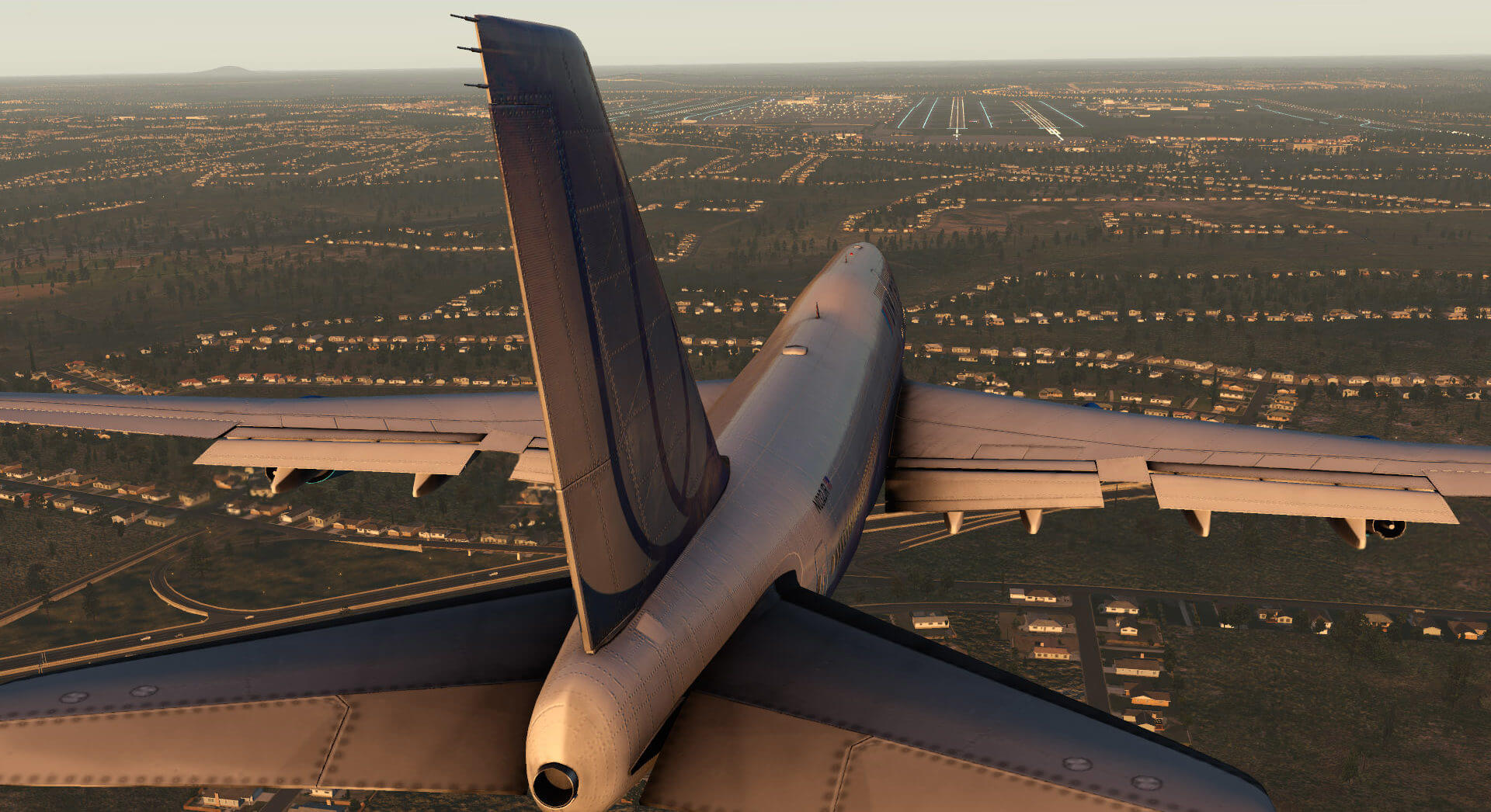

Come experience why real pilots fly X-Plane. "Highly recommended." - Mel Martin, Engadget. Rate of climb: 5,224 ft/min (26.The power & detail of X-Plane Desktop.Powerplant: 2 × Westinghouse XJ40-WE-1 turbojets, 10,900 lbf (48 kN) thrust each.
#X plane 10 airplane downloads series#
The 1960s series Men Into Space used footage of the X-10 and SM-64 Navaho tests at Edwards AFB to depict spacecraft landings on a desert runway. It is displayed in the Museum's Research & Development Hangar. The aircraft was delivered to the Air Force Museum in 1957, upon completion of the program. The sole surviving X-10 s/n GM 19307 is located at the National Museum of the United States Air Force in Dayton, Ohio. None of these vehicles completed their target flight: two were lost when landing and the third suffered a mechanical problem forcing it to be flown into the Atlantic. The plan was to recover and reuse the X-10, not to have them shot down by the BOMARC. In 1958, the remaining three Cape Canaveral X-10s were selected for use as high speed targets for the BOMARC surface-to-air missile. As for the vehicles flown at Cape Canaveral, three were expended in planned dive-in flights against Grand Bahama Island, and two were lost in landing accidents. Of the other four aircraft that flew at Edwards AFB, one exploded on takeoff, one was lost in flight, and the remaining two were destroyed in landing accidents.
#X plane 10 airplane downloads serial#
Of all the X-10s built, only one survived the test program: serial 51-9307, the first X-10 to fly.

Here a new set of six X-10 vehicles completed the testing of the N-6 inertial navigation system at supersonic speeds, reach 49,000 feet (15,000 m) altitude, a total flight distance of 627 mi (1,009 km) and a peak speed of Mach 2.05. In 1955 the program moved to Cape Canaveral, Florida, to complete the test program. These were performance levels superior to nearly all manned turbojet aircraft (the exception being the YF-104 Starfighter). There it reached a maximum flight speed of Mach 1.84, flew a distance of 400 mi (644 km), and reached an altitude of 41,000 feet (12,000 m). From 1953 to 1955 a total of five X-10s flew 15 flights at Edwards AFB. Operational history ĥ1-9307 at the National Museum of the United States Air Force in Dayton, OhioĪt the time it entered service, the X-10 was one of the fastest turbojet-powered aircraft flown. Later X-10s included an N-6 inertial navigation system which completely controlled the vehicle through the cruise portion of the flight. Though the X-10 was receiving directional commands from a radio-command guidance system, these commands were sent through the on-board computer which implemented the commands. Thus, the X-10 is similar to modern military fighters which are flown by the onboard computer and not directly by the pilot.

It also made the vehicle unstable requiring active computer flight control in the form of an autopilot. The combination of a delta wing with an all-moving canard gave it extremely good aerodynamics in the transonic and supersonic environments. The X-10 was powered by two Westinghouse J40 turbojet engines with afterburners, and equipped with landing gear for conventional take off and landing. The first flight occurred on 14 October 1953. Preliminary design of the X-10 was completed in February 1951 and the first vehicle was delivered to Edwards Air Force Base in May 1953. These included proving the basic aerodynamics to Mach 2, flight testing the inertial guidance unit and flight control avionics to the same speed, and validate the recovery system for the next phase in the Navaho program. This vehicle was to prove critical flight technology for the design of the Navaho cruise missile. To facilitate development of the long-range Navaho surface-to-surface cruise missile, North American Aviation (NAA) developed the RTV-A-5 (Research Test Vehicle, Air Force), or X-10 in 1951. The X-10 deployed a parachute to shorten its landing roll.


 0 kommentar(er)
0 kommentar(er)
